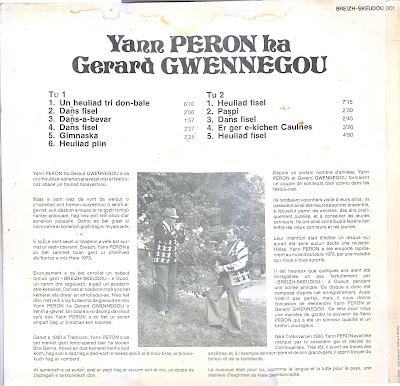ETHIOPIA II - CUSHITES
AN ANTHOLOGY OF AFRICAN MUSIC / 5
Edited for the International Music Council by the International Institute for
Comparative Music Studies and Documentation
This is the second album of the Anthology of African Music dedicated to Ethiopia. These are field recordings also made by Jean Jenkins in 1965. This time she focused on black tribes in South-West Ethiopia near the Kenyan border in the provinces of Gomu-Gofa and Sidamo. This part of Ethiopia is the home of Cushitic-speaking peoples a linguistic family but whose different variants are sometimes far removed from one another. This and the nature of terrain (no real roads, rivers impossible to cross after rain, mountains...) helped the tribes to preserve specific character especially in music. The people she visited were the Gidole, Konso, Burji, Kaffa, Dorze, Sidamo, Soddu, Kumama and Darassa. Most of the tracks are about singing (in group or individual); the instruments we can hear are horns, flutes ensembles (one man one note), and the indigenous lyre (called krar in Amharic).
Since the sixties other musicologists worked on these populations notably Bernard Lortat-Jacob who spent time with the Dorze and their mighty polyphonic singing. He died last summer in July. You can listen to some of his unpublished recordings here :
https://archives.crem-cnrs.fr/archives/collections/CNRSMH_I_1975_004/
Texts in English (French and German).
This being the first post in 2025 let me wish you all the best to you.

































